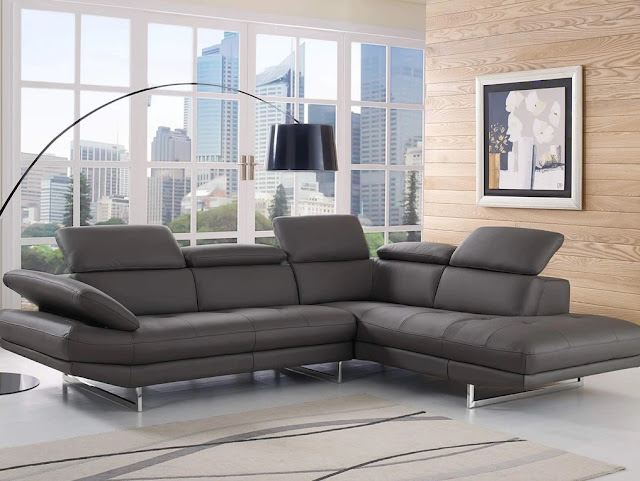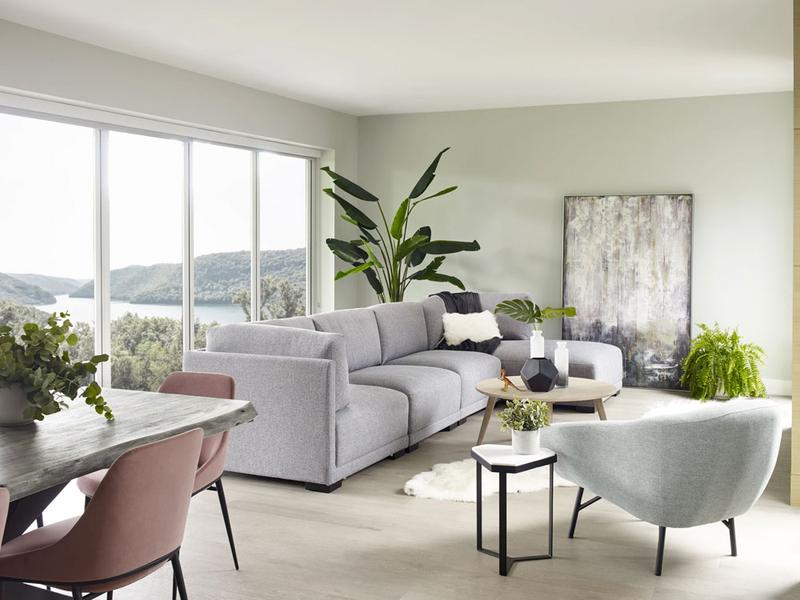Contemporary Furniture = Practical and Stylish
Globalization and history, combined with advances in science and technology has brought us to a point where it seems that contemporary furniture design is limited only by our own imaginations. Never before have we had a greater range of colors, materials and construction techniques at our disposal, and the influence of all the traditions of the past and of every corner of the globe are there to inspire us.
The History and Development of Contemporary Furniture
Regardless of personal tastes, furniture has to be capable of fulfilling its purpose; the definition of ‘furniture’ itself includes the effect of making a room suitable for living and working in. But that is only half the picture. Throughout time, cultures have taken the concept of furniture and adapted it to reflect the values of the time.
Before the private housing boom of the Tudor period, furniture (what little there was of it) was mainly functional in nature. Usually made of oak, it was basic in design and generally uncomfortable. From the sixteenth century onward, foreign influence began to make itself felt during a period termed the ‘English Renaissance’, and the concept of furniture as an expression of style took hold. Elizabethan and Jacobean furniture was more decorative than what preceded it.
Before the private housing boom of the Tudor period, furniture (what little there was of it) was mainly functional in nature. Usually made of oak, it was basic in design and generally uncomfortable. From the sixteenth century onward, foreign influence began to make itself felt during a period termed the ‘English Renaissance’, and the concept of furniture as an expression of style took hold. Elizabethan and Jacobean furniture was more decorative than what preceded it.
During the time of Oliver Cromwell, a more basic, functional style of furniture held sway for a time, before the arrival of the baroque period, which brought with it new and exotic woods such as walnut and mahogany. During the Georgian era, there appeared the first pattern and design books, including those by designers Chippendale and Hepplewhite. It was during this same period that the Queen Anne and Rococo styles flourished, marking the pinnacle of ornamental design.
Next came the more sober Greek neoclassical period, followed swiftly by classic Egyptian and Roman styles. The Victorians attempted to revive older styles and create new ones, the period culminating in the Arts & Crafts movement which reacted against the growing mass production of furniture.
Next came the more sober Greek neoclassical period, followed swiftly by classic Egyptian and Roman styles. The Victorians attempted to revive older styles and create new ones, the period culminating in the Arts & Crafts movement which reacted against the growing mass production of furniture.
Contemporary Furniture of the 21st Century
Nevertheless, contemporary furniture displays a consistent character of its own. Pieces are generally lightweight in appearance, consisting of simple geometric shapes and often featuring polished metal, molded plywood and plastic.


Comments
Post a Comment